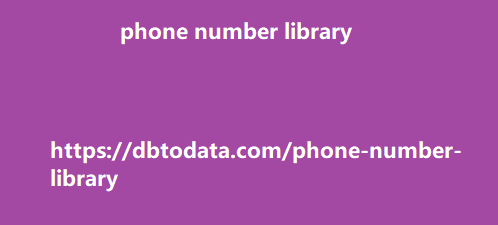A few years back, Google’s John Mueller provided a simple guide to help webmasters understand the different use cases of trailing slashes and how search engines understand them: JohnMu Tweet Trailing Slash Furthermore, he gave a helpful image to help visualize his explanation: Trailing Slash Use Case Guide Since we’re primarily talking about the effect of trailing slashes in SEO, let’s ignore its usage in hostnames and protocols for now, and let’s focus on the usage on a path/file. As can be seen in the example, (F) and (G) are not the same even though the only difference between the two is a trailing slash. So, it can be understood as having a page without a trailing slash and having a page with the same URL slug, but with a trailing slash, are considered different pages.
So in the example, I used in the earlier
part of this post, if I have a page (seo-hacker.com/sitemap-seo) and I have another page, (seo-hacker.com/sitemap-seo/), even if these two are identical in content and everything else, they are considered separate pages are crawled and indexed separately one another. In SEO, this will pose massive problems, here’s why. Trailing Slash and SEO So, how do these examples affect SEO? They mainly affect your SEO in 2 ways: Same Content = Duplicate The example I used above with the sitemap-seo page can be categorized here. There will always be instances where you’ll notice that there are two versions of a page, one with a trailing slash and one without.
The problem here is that pages like these
are usually tagged as duplicate content and are detrimental to your SEO efforts. Duplicate content is one of the biggest mistakes you can make as an SEO since search engines, most especially Google, put an emphasis on delivering unique and original information to users. There are 2 simple ways to fix this, you either: Redirect the other page to the one you prefer Canonicalize the other to the one you prefer This is easy to do since you can set this up in your CMS using plugins. But if you want to clean up your website, then you can delete one of the pages. This is a bit more difficult than the other 2 but it’s still simple enough.
We’ve had numerous clients experience this
problem and redirection or canonicalization works wonders on avoiding duplicate content penalties and it also helps with our SEO efforts since it makes our website look better in Google’s eyes. Different Content = Cannibalization A more complicated problem is if two pages, one with a trailing slash and one without, have entirely different content? Of course, this happens in A/B tests or due to improper website development. Unlike the problem above, canonicalization is not a solution for this problem. Only redirection would work in this case. But if you want to retain the content in the page you’ll redirect, then I suggest creating an all-new page that has a unique URL.
Should You Use a Trailing Slash in Your URLs?
has been on the rise for the past few armenia phone number library years as it gave people the opportunity to start their own businesses without paying huge upfront costs and their own inventory. The process is quite simple, you look for a dropshipping supplier, you create an e-commerce website where people could place orders, you send the details to the dropshipping supplier, and they fulfill the order. Sounds easy enough right? The problem is, simply starting your own website will not get you any sales. You need to put in some elbow grease to get visitors to your websites. How do you do that? Well, these tips I will be sharing can help you out.
Whether you’re planning on starting you
r own dropshipping website or you already have a website and you’re not getting your desired results, this guide for dropshipping SEO for you. In this blog post, I’ll share with you actionable steps that will help increase the visibility of your website and get you more customers. Avoid Targeting Broad/High Volume Keywords If you’re new to SEO and you’re looking for keywords to target for your products, the numbers can be quite blinding. Let’s say one of your products is mountain bikes. You open up a keyword research tool and find out that the keyword ‘mountain bikes’ have more than 300,000 searches monthly in the United States. screenshot of data about mountain bikes keyword It’s enticing but you trying to rank for that keyword is like you trying to push a brick wall.
Now I’m not saying that it’s completely
impossible but you need to consider to apprehend whaty7ou’re one huge factor: your competition. By targeting broad keywords, you are butting heads with established e-commerce websites like Amazon. And since you’re dropshipping, it also means that there are other dropshippers like you who are trying to sell the same products. If you’re only starting to do SEO for your dropshipping website, focus on ranking for long-tail keywords and build your authority from the ground up. Long-tail keywords have low search volume but they do have higher conversion rates. SEO is a long game. The harder you try to reach for the top early in the game, the harder you’ll fall.
The harder you work starting from the
bottom, the higher chance you’ll thailand data succeed. Be creative on how you target keywords. You could utilize Google’s autocomplete feature or People Also Ask Box to find out questions that people are asking about a certain product. Keyword research tools like Mangools and Growthbar will also provide you plenty of keyword suggestions. Geotag your keywords to target specific locations. The more specific your target area is, the easier it is to rank. title tags, meta descriptions, and headings are not only for blog postings. The same could and should also be done for your product and product category pages.

